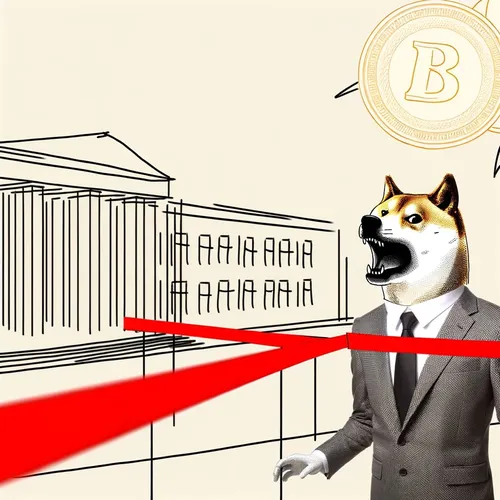DOGE Initiative Shakes Up Federal Government Spending and Operations in Controversial Efficiency Overhaul
- Author
- Quiet. Please
- Published
- Thu 19 Jun 2025
- Episode Link
- https://www.spreaker.com/episode/doge-initiative-shakes-up-federal-government-spending-and-operations-in-controversial-efficiency-overhaul--66633704
As the Department of Government Efficiency, or DOGE, continues to make headlines in 2025, listeners are left wondering if the initiative is truly effective or just a bureaucratic experiment gone awry. DOGE was established by an executive order on January 20, 2025, with the ambitious goal of modernizing federal technology, cutting regulations, and reducing government spending. The effort is part of the second Trump administration's broader agenda to streamline government operations, with input from Elon Musk, who has since left the project[2][3][4].
DOGE claims to have saved $180 billion as of early June 2025, but critics argue that these savings come at a significant cost. An independent analysis suggests that the actual cost of DOGE's initiatives could be around $135 billion, raising questions about the long-term benefits[3]. The department's actions have been controversial, involving mass layoffs and the dismantling of agencies, which has sparked opposition and lawsuits[3][4].
While DOGE's influence is significant, its impact on government performance remains a topic of debate. Listeners are keen to see if the initiative will succeed in its goal to downsize the federal government effectively without undermining essential services. Metrics such as the number of federal employees, contracts, and spending will be crucial in evaluating DOGE's success[4].
In an interesting twist, a memecoin named DOGE has also emerged, drawing attention for its humorous take on government efficiency. This cryptocurrency has gained popularity, reflecting both the community's engagement with DOGE's mission and the broader cultural impact of the initiative[5].
As DOGE continues to evolve, listeners will be watching closely to see if it can balance efficiency with the need for effective governance, or if it will remain a contentious and divisive effort.
